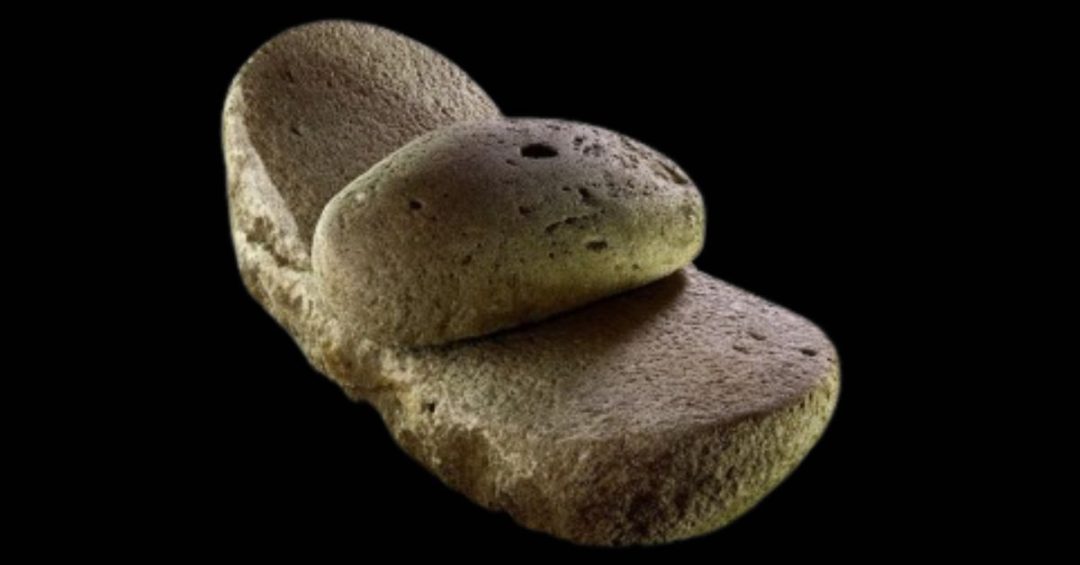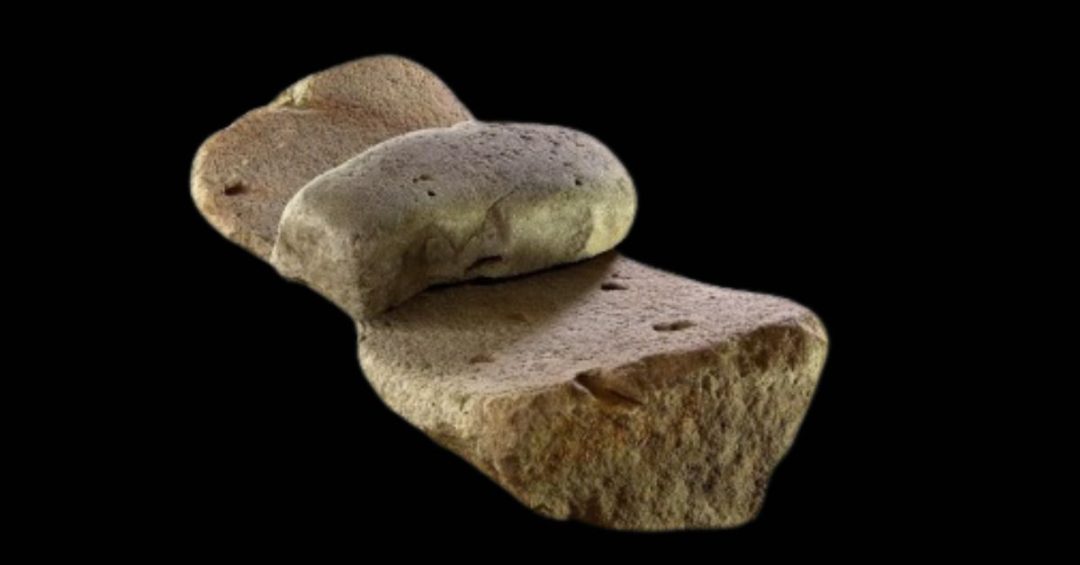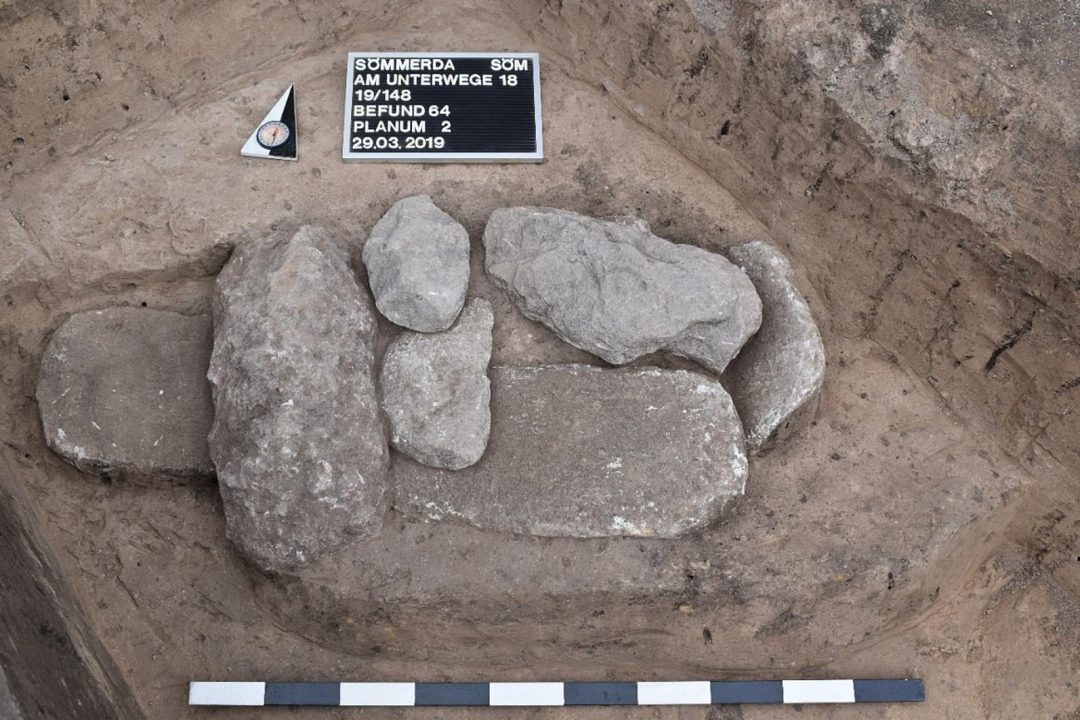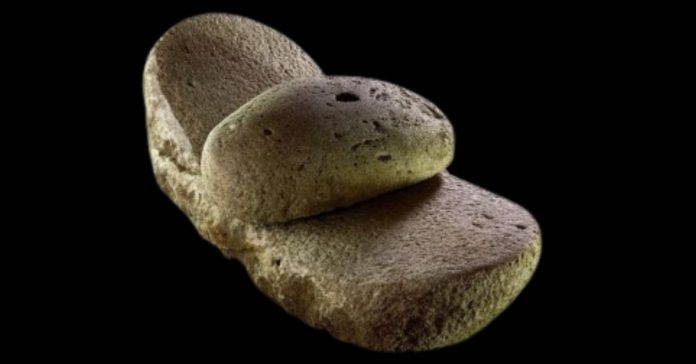Recent archaeological discoveries in Central Germany have provided new insights into the cultural and ritual practices of the Early Neolithic Linear Pottery Culture (LBK). A study published in the Journal of Archaeological Science: Reports details the discovery of three deposits of grinding stones, revealing their symbolic significance and societal roles.[1]

The research, conducted by an international team from Germany and Spain, examines deposits found near the well-known circular ditched enclosure of Goseck and in Sömmerda, Thuringia. These findings align with similar structured grinding stone deposits previously uncovered in the Paris Basin and Belgium. Rather than being simple refuse sites, the deposits appear to hold deep ritual or symbolic meaning, reflecting themes of fertility, life cycles, and territorial markers.[2]

A Window into Early Neolithic Rituals
Grinding stones were essential tools in early agrarian societies, primarily used for processing cereals. However, the arrangement and condition of the deposited stones indicate a purpose beyond daily sustenance. Some stones were nearly new, while others were heavily worn, suggesting that they represented different stages of use and life cycles. Researchers propose that these deposits symbolized the passage of time, human biographies, and key transitional moments such as birth, marriage, and death.[3]

One of the most striking finds is a deposit discovered near the circular enclosure of Goseck. This site, recognized for its role as an early solar observatory, contained grinding stones buried alongside human remains. The individual, likely a woman aged between 40 and 55 years, was positioned facing the enclosure’s summer solstice sunrise entrance. This suggests a possible connection between the deposit and solar or agrarian rituals.[4]
Technological and Social Implications
A detailed techno-functional analysis of the grinding stones has revealed that they were carefully curated and crafted, with significant time invested in their shaping and maintenance. Unlike other stone tools, these grinding stones often displayed high levels of transformation, indicating their importance beyond mere utility.[5]
The deposits’ locations near settlements or ritual sites suggest they served as territorial markers or as part of foundation or abandonment rituals. Their structured arrangement within pits, sometimes accompanied by human remains, further reinforces their ceremonial role in Neolithic society.[6]
Expanding Our Understanding of Early Agriculture and Society
These findings contribute to a growing body of evidence that Neolithic communities placed deep symbolic value on everyday objects. The grinding stones were not just tools but were embedded with cultural and spiritual significance, marking important societal transitions and potentially playing a role in community rituals.[7]
As archaeological research progresses, further studies of similar deposits across Europe may provide a clearer picture of how early agricultural societies viewed time, labor, and their connection to the land. The discoveries in Central Germany underscore the complexity and depth of early human cultures, demonstrating that even the most utilitarian objects can hold profound meaning.[8]
References
- Zamzow, E., et al. “Grinding Stone Deposits of the Linear Pottery Culture in Central Germany.” Journal of Archaeological Science: Reports (2025).
- Ibid.
- Hamon, C. “The Symbolic Value of Grinding Stone Hoards.” Archaeological Science Journal (2020).
- Zamzow, E., et al. (2025).
- Delgado-Raack, S., & Risch, R. “Bronze Age Cereal Processing in Southern Iberia.” Journal of Lithic Studies (2016).
- Hoffmann, D. “Magical, Mundane or Marginal? Deposition Practices in the Early Neolithic Linearbandkeramik Culture.” (2020).
- Watts, S. “The Structured Deposition of Querns.” Exeter Archaeological Studies (2012).
- Zamzow, E., et al. (2025).

